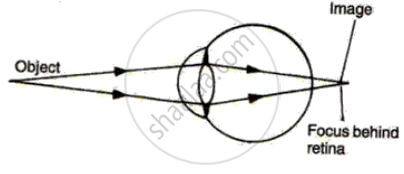Advertisements
Advertisements
प्रश्न
Choose the correct answer.
Which one is the photoreceptor _____________
विकल्प
organ of corti
organ of sylvious
cristae
macula
उत्तर
Which one is the photoreceptor macula
APPEARS IN
संबंधित प्रश्न
Answer briefly:
How do you perceive the colour of an object?
Explain the mechanism of vision.
Draw a neat and labelled diagram of the structure of the human eye.
What is the:
far point of a normal human eye?
Draw a simple diagram of the human eye and label clearly the cornea, iris, pupil, ciliary muscles, eye-lens, retina, optic nerve and blind spot.
What shape are your eye-lenses:
when you look at your hand?
What is presbyopia? Write two causes of this defect. Name the type of lens which can be used to correct presbyopia.
Fill in the following blank with suitable word:
Having two eyes gives a ................field of view.
With both eyes open, a person's field of view is about:
(a) 90°
(b) 150°
(c) 180°
(d) 360°
Differentiate between members of the following pair with reference to what is asked in bracket.
Rod and cone cells (pigment contained)
Correct and rewrite the statements by changing the biological term that is underlined for the statement:
The part of the eye which can be donated from a clinically dead person is the Retina.
Name the following:
White part of the eye.
Define the following:
Yellow spot
The diagram alongside represents a certain defect of vision of the human eye.
(i) Name the defect.
(ii) Describe briefly the condition in the eye responsible for the defect.
(iii) Redraw the figure by adding a suitable lens correcting the defect. Label the parts through which light-rays pass.
(iv) What special advantage do human beings derive in having both eyes facing forward?

Sketch and label V.S. of a human eye.
What is a stereoscopic vision?
Choose the Odd One Out:
The larynx has fold of tissue which vibrate with the passage of air to produce sound.
Write down the names of parts of the eye in the blank spaces shown in the figure.

Write the main functional activity of the following structure.
Choroid
